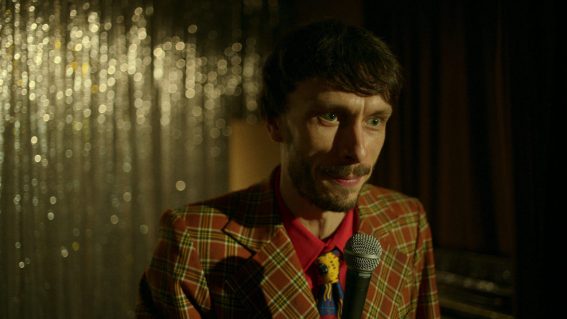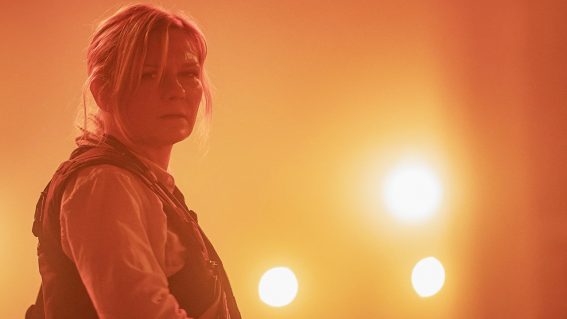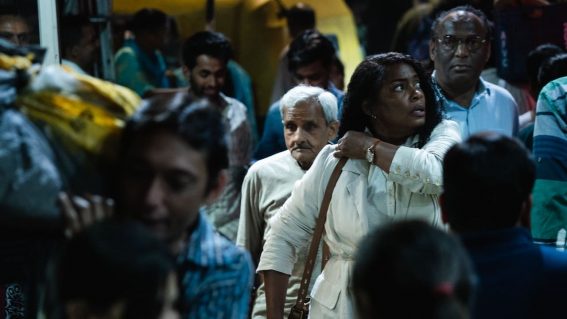Inspired, heartfelt animated film Flee tells one of the year’s most gripping true stories
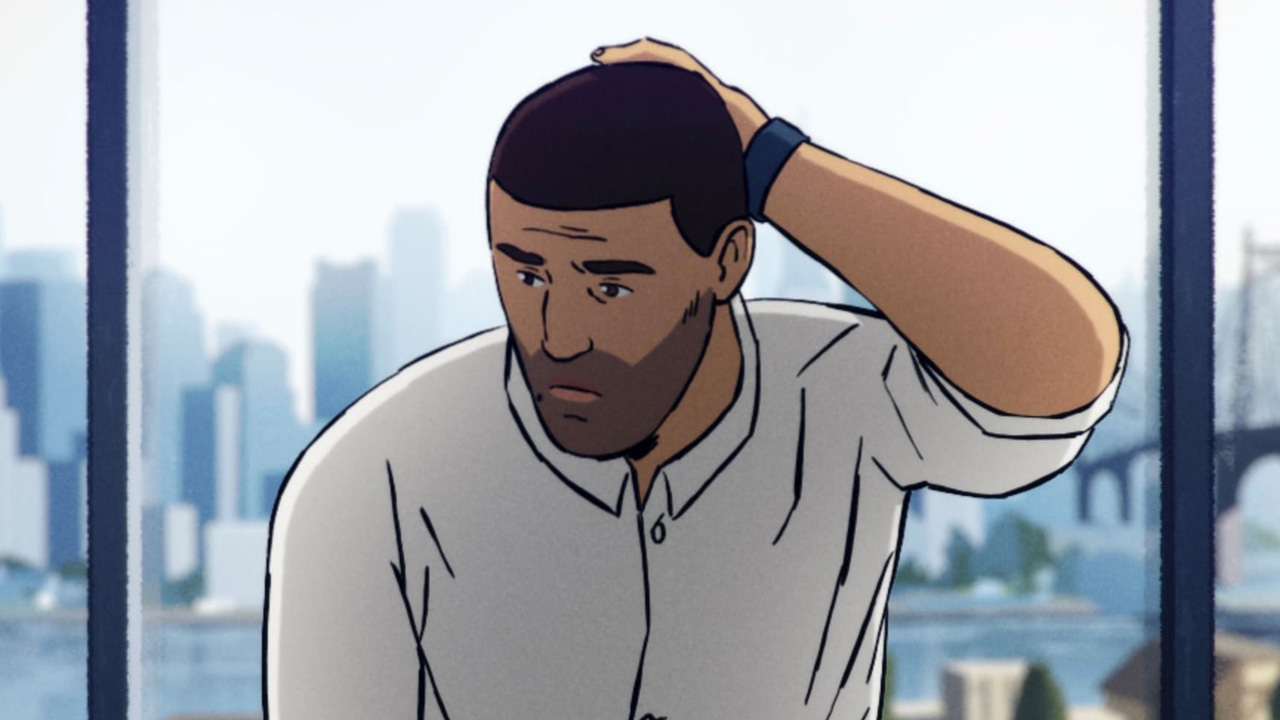
Before marrying his longtime boyfriend, a man reveals his secret and devastating past in Academy Award-nominated documentary Flee. While its Oscar nods have made history, the film’s inspired and heartfelt use of animation is where its true accomplishments lie, writes Liam Maguren.
For decades, documentary filmmakers have used the same tried-and-true techniques to mask someone’s identity. Silhouette lighting. Voice distortion. Lens blur. Face pixilation. Reenactments. They’ve been used and reused to the point of parody, and while they act as a vital protective barrier, the methods sacrifice the audience’s ability to connect with the subject on a more human level.
This is why the acclaimed Danish animated feature Flee is so remarkable. It makes no sacrifices when telling its heart-clutching true story of a refugee on the run.
Nominated for a history-making trifecta of Academy Awards (Best Documentary Feature, Animated Feature, and International Feature), Flee‘s significance in the field of animation isn’t one of technique (though it’s technically superb) but one of application. Using hand-drawn animation as a disguise, the film creates a safe space for its storyteller—known under the made-up name “Amin”—to reach deep into his psyche and pull out one of the year’s most gripping and affecting tales.
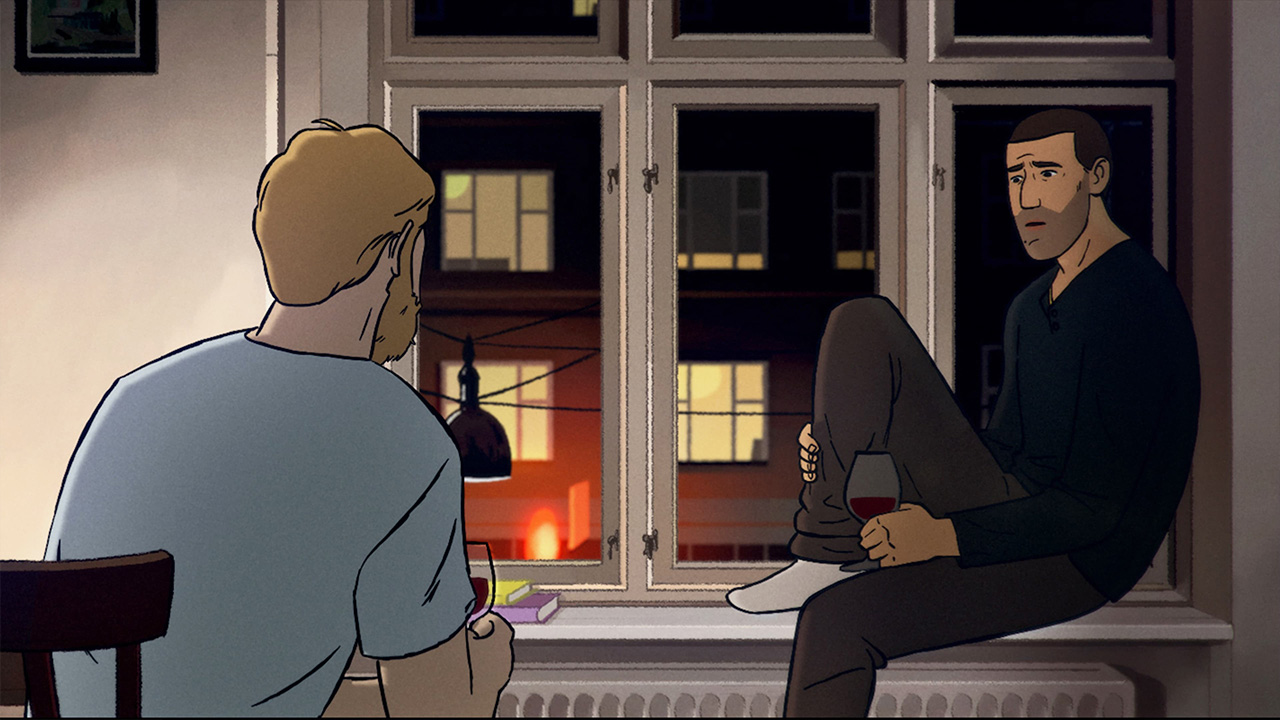
Appropriately, the movie opens with filmmaker Jonas Poher Rasmussen asking Amin what ‘Home’ means to him. “It’s someplace safe.” We then hear Rasmussen doing his best to make Amin feel at home in front of a camera, secure in the anonymity granted to him by a cartoon pseudo-face that relays the nerves in his eyes. He hasn’t told anyone his story; not even his husband-to-be Kasper.
After a deep breath, Amin attempts to recall his earliest memory in Kabul: a flashback of him as a child dancing along the streets in his sister’s dress set to a-ha’s Take On Me with a transition mimicking the iconic rotoscope music video. It’s a bright, colourful sequence with sharp linework reminiscent of a comic panel in motion, the kind of playful and vibrant images that often tint nostalgia. These are Amin’s happier times in Afghanistan before the US-armed Mujahideen guerillas took the city over.

This sets the scene perfectly for what’s to come. Crisply animated behind-the-scenes moments of Amin and Rasmussen continually ground Flee in reality (as do occasional uses of archival footage) while the mingling of detail-heavy illustrations and vague pencil-etched figures visually convey the floaty nature of remembrance. As the memories intensify, the interplay of animation styles becomes more potent. Poetic, even.
Amin’s darker recollection of seeing his father taken into custody is rendered in haunting black-and-white, film grain and scratches pepper the frames with thick jagged sketch marks outlining the characters as if freshly redrawn in Amin’s head. They have no eyes, suggesting their emotional states were too difficult for young Amin to process. Details lost to trauma.
And these are all memories before Amin fled Kabul.
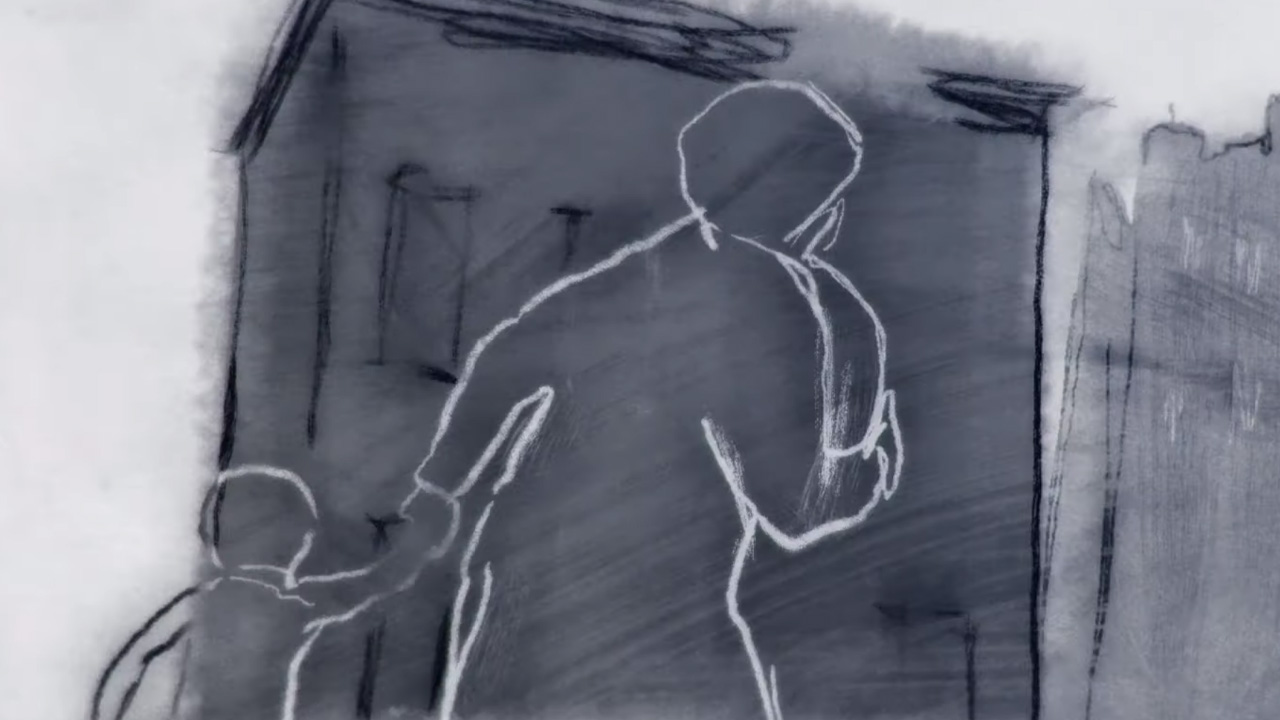
Before they dive into his time as an on-the-run refugee, Rasmussen recalls a rumour in their teens suggesting Amin walked all the way from Afghanistan to Denmark. It makes Amin chuckle. The actual story is far less romantic but just as compelling. Perhaps even more so, given Amin’s profound detailing of his emotional states and the moments that struck him the most. This is especially true of his time growing up in dilapidated Russia where food was scarce, police were grossly corrupt, and opportunities to escape were dwindling. There’s also a moment involving a shipping container that’s downright terrifying.
Not that it’s all doom and gloom. Amin’s recollections of his emerging homosexuality offer plenty of levity, earning playful chuckles by illustrating his movie star crushes like Jean-Claude Van Damme in Bloodsport flirtatiously winking at young Amin (a more subtle reference to Take On Me). Another moment—which I won’t spoil but will say involves a Daft Punk track—came after a whirlwind of heavy torment, a moment of such uplifting consolation it melted me into a blubbering mess.
While films like Ai Weiwei’s Human Flow and Eva Orner’s Chasing Asylum successfully document the immediate horrors faced by refugees, they’re told from the perspective of a filmmaker on the outside looking in. By giving Amin equal power to tell the story (“it felt like we can do this together, hand-in-hand,” Rasmussen told Flicks), Flee feels like a refugee film told from the inside, begging to come out. It’s one of the film’s most admirable achievements.
You also can’t ignore the merits that followed, especially its recent Oscar nominations. Not since Waltz with Bashir as an animated film been nominated for Best Documentary Feature. Though funnily enough, Waltz didn’t make it into the Best Animated Feature category, edged out by stiff competition including Laika’s Coraline, Wes Anderson’s Fantastic Mr Fox, Disney’s The Princess and the Frog, Cartoon Saloon’s The Secret of Kells, and Pixar’s Up.
Flee is also only the third film to be nominated for both Documentary Feature and International Feature, with blistering Romanian film Collective getting the duel nods last year and Macedonian picture Honeyland the year before. There were even whispers of Flee landing a Best Picture nod—a rare thing for either an “International” film or an animated film, and has yet to happen for a documentary—but alas.
Not that Academy Awards define a film’s accomplishments. In Flee‘s case, its inspired and heartfelt use of animation to tell this incredible true story while protecting the storyteller’s identity strikes so profoundly that we’re sure to see the method imitated. It might not be the first feature doco to mask its subjects with animation (A Glitch in the Matrix used AR to more comical effect), but it’s the first to master it. And if filmmakers feel inspired to follow in Flee‘s footsteps, we can only imagine the incredible wealth of buried stories that will emerge.
There’s no Oscar for that kind of accomplishment.









